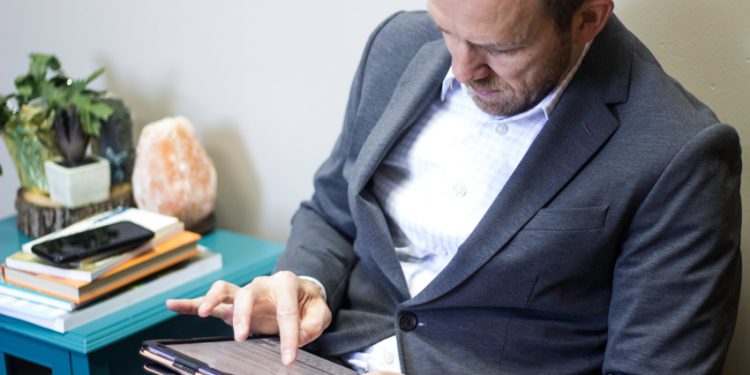Why Do We Need an Emergency Fund?
The idea of an emergency fund is not one that many people consider. In fact, it is almost a taboo subject and one that is often overlooked in conversations about personal finance. But, the truth is, an emergency fund is an important part of financial planning and could potentially save you from a lot of financial stress and worry.
So, why do we need an emergency fund? Well, it’s simple really; having a financial buffer in place is a key way to protect yourself from unexpected expenses and life events. An emergency fund is money that you have set aside in case you face an unexpected cost or situation which requires financial attention. This could be anything from job loss to medical bills, car repairs or even home repairs.
Having an emergency fund means that you have a financial buffer in place so that if you are ever in a difficult situation, you have some money to fall back on. This type of money set aside for a rainy day gives you peace of mind that you won’t be left without a financial lifeline if the worst were to happen.
Having an emergency fund also means that you are more likely to be able to cover costs without relying on credit cards or taking on more debt. Being able to access money quickly in an emergency can help you to avoid getting into financial trouble.
It’s important to remember that an emergency fund is not the same as a savings account. It is not money that you should be spending, or even investing in the stock market. An emergency fund is there to give you a financial cushion in case of an emergency, not to make you rich.
Having an emergency fund is like having a safety net, and it can give you peace of mind knowing that if the worst were to happen, you have a financial buffer in place. Setting aside a portion of your income each month will give you the freedom to rest easy knowing that you have a plan in place and that you are prepared for any financial emergencies that may arise.
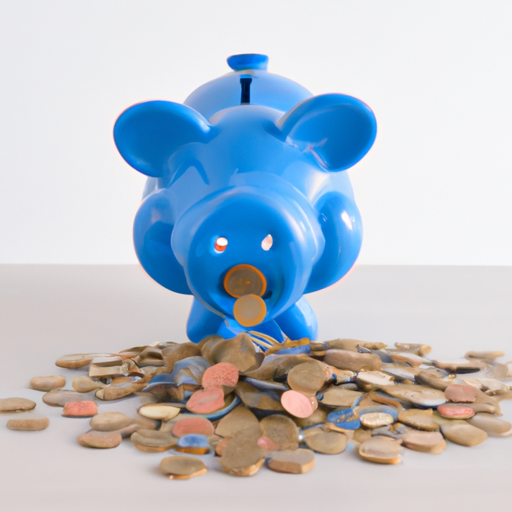
How Much Should We Save?
When it comes to building an emergency fund and preparing for financial emergencies, one of the most important questions to ask is: How much should I save? This is a personal question and the answer will depend on your financial situation and goals.
The first step in determining how much to save is to assess your current financial situation. Consider your income, bills, debts, and other financial obligations. Knowing how much money you have coming in and going out each month will help you determine how much you can realistically save.
Next, decide what your financial goals are. Do you want to save enough to cover three months of expenses? Or do you want to save enough to cover six months of expenses? Having a specific goal in mind will help you determine how much you should be saving.
Once you know how much money you have coming in and going out each month, and what your financial goals are, you can start determining how much to save each month. Start small and increase the amount each month as you become more comfortable with saving.
It’s also important to consider other savings goals that you might have, such as saving for a house or car. If you have multiple savings goals, create a budget that includes both long-term and short-term savings goals. This will help you stay on track with your savings plan.
Another way to save money is to create an emergency fund. An emergency fund is a separate account that is used to cover unexpected and necessary expenses. It is important to set aside money each month to build up your emergency fund. The amount you set aside should be based on your income and financial goals.
Building an emergency fund and preparing for financial emergencies isn’t easy, but it is necessary. By knowing how much to save each month, and having a plan in place, you can ensure that you will have the funds you need when an emergency arises. Start small and increase your savings each month and soon you will have a healthy emergency fund and the peace of mind that comes with knowing you are prepared for the unexpected.
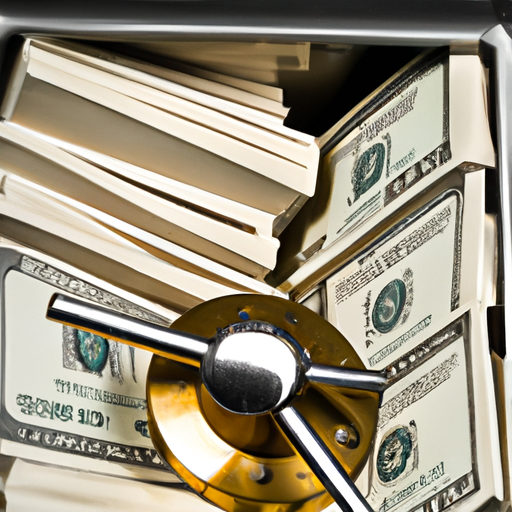
What is an Emergency Fund?
An emergency fund is a sum of money set aside to cover financial emergencies that can arise unexpectedly. It’s important to have an emergency fund for financial independence and to provide a safety net for yourself and your family.
An emergency fund is money that you can use to pay for unexpected expenses that come up in life. Unexpected expenses can include medical bills, job loss, home or car repairs, or any other unexpected expense that can put a strain on your finances.
Building an emergency fund is an important part of financial planning and can help you avoid getting into debt when there’s an unexpected expense. It’s important to know that an emergency fund is not the same as a savings account. An emergency fund should be used for unexpected expenses and not for planned expenses like vacation or holiday shopping.
The best way to build an emergency fund is to start small and make it a priority. Set a goal for yourself and start saving a little bit each month. It may be helpful to set up an automatic transfer from your bank account to your emergency fund. This will ensure that your savings are consistent and you won’t forget to transfer the money.
You should also consider setting up an emergency fund account at a bank with a higher interest rate than a savings account. This will help your money to grow faster. You can also consider investing some of your emergency fund in stocks or mutual funds, if you are comfortable with taking on more risk.
It’s important to remember that an emergency fund isn’t meant to replace income. It’s meant to provide a safety net when unexpected expenses arise. It’s important to have enough money in your emergency fund to cover three to six months of expenses. This will give you enough time to find a new job or to cover any unexpected costs.
When it comes to preparing for financial emergencies, an emergency fund is an important part of the equation. Building an emergency fund requires dedication and effort, but it is worth it in the long run. Having an emergency fund can help you to weather the storm during tough economic times and provide financial security for you and your family.
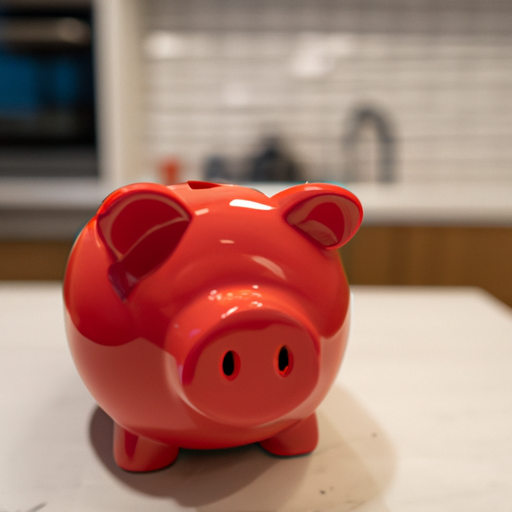
Where Should We Keep the Fund?
When it comes to building an emergency fund and preparing for financial emergencies, the question of where to keep the fund often arises. After all, it’s important to choose a safe and secure place to store the money, especially if the fund is intended to be used in the event of an emergency.
The most obvious option is to keep the fund in a savings account. Savings accounts are a safe and secure place to keep money, and they also offer a competitive interest rate. Additionally, savings accounts are accessible at any time, meaning that you can easily withdraw the money in the event of an emergency. One drawback to consider is that the interest rate may not be as competitive as other options, such as stocks or bonds, and you may not be able to access the money as quickly.
Another option is to put the money into an investment account. These accounts are ideal for those who are looking for a long-term savings plan, as the money can be invested in stocks and bonds over time. This can be a great way to generate more returns on your money and build a more secure financial future. However, it is important to note that investing can be risky and it is important to do research and consult a financial expert before making any decisions.
Another option to consider is a money market account. Money market accounts offer a higher interest rate than a standard savings account, and they also offer more liquidity than a traditional investment account. Additionally, money market accounts are FDIC-insured, meaning that your funds are protected in the event of a bank failure. When it comes to money market accounts, it is important to note that the interest rate is variable and can change over time.
Finally, you may also consider a home safe or safety deposit box. This option is ideal for those who are looking for an ultra-secure place to store their money. Home safes and safety deposit boxes offer the highest level of security, as the funds are not accessible by any other party. However, this option may not be ideal for those who are looking for a more liquid option, as funds can only be accessed in person and may take some time.
When it comes to building an emergency fund and preparing for financial emergencies, there is no one-size-fits-all approach. It is important to assess your own financial situation and determine which option is best for you. Whether you decide to keep your fund in a savings account, an investment account, a money market account, or a home safe or safety deposit box, it is important to make sure that your funds are secure and accessible when you need them.

How to Set Up Automatic Savings
Setting up an emergency fund can be a daunting task. Many of us are unsure where to start and how to make sure that we are setting ourselves up for success in the long run. The good news is that it doesn’t have to be as difficult as it may seem. One of the best strategies to use when creating an emergency fund is to set up automatic savings.
Using automatic savings is an incredibly simple way to make sure that you are consistently putting money away for emergencies. All you have to do is set up an automatic transfer from your checking account to a savings account. This transfer can be set up to occur as frequently as once a month or as infrequently as once a year. The frequency of the transfer is entirely up to you and can be changed in the future if needed.
One of the great things about using automated savings is that you can set the amount of money you want to save each month. This means that you can start small, such as setting aside $10 or $20 each month. As your income increases you can increase the amount that you are automatically saving each month. This way you are always increasing the amount you are saving without having to think about it.
You can also set up automatic savings to come directly from your paycheck. This can be done through your employer, who can take a specified amount from each paycheck and move it into a separate account. With this option, the money will go directly into your savings account before you can spend it, making it easier to stick to your budget.
Another great way to set up automated savings is to use a budgeting tool such as Mint. This type of tool allows you to link up your bank accounts and track your spending. You can then set up a budget and automatic savings plan that works for your lifestyle and goals. This is a great way to make sure that you are consistently saving and sticking to your budget.
One of the biggest advantages of setting up automated savings is that it takes the guesswork out of saving. You can set it up once and then know that you are consistently setting money aside for emergencies. This can give you peace of mind and help you to better prepare for financial emergencies in the future.
Creating an emergency fund can be a challenge, but it doesn’t have to be. Setting up automated savings is an easy and effective way to make sure that you are consistently setting money aside for emergencies. This will give you the peace of mind of knowing that you are prepared for whatever life throws at you.
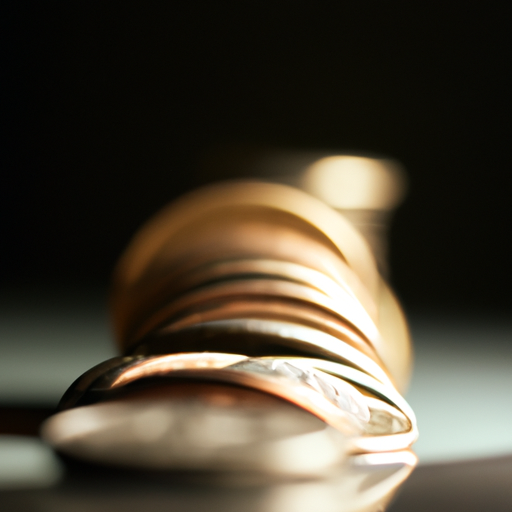
What Expenses Should We Prepare For?
When it comes to preparing for financial emergencies, one of the most important steps is to build an emergency fund. This fund should be used to cover any unexpected expenses that may arise in the future, so it’s important to ensure that you’re well-prepared for whatever may come your way. But what exactly should you prepare for?
There are a variety of expenses that can pop up unexpectedly, so it’s important to be aware of them and have a plan in place to cover them if needed. One of the most common expenses that can arise is medical bills. Even if you have health insurance, you may still be responsible for some of the costs that arise due to a medical emergency, so it’s important to have some extra funds on hand to cover them.
Another expense that you should be prepared for is car repairs. If your car breaks down unexpectedly, you’ll need to have some money set aside to cover the costs of repair. This is especially true if you’re dealing with an old car that may require more expensive parts.
In addition to medical bills and car repairs, you’ll also want to be prepared for other unexpected expenses such as home repairs, appliance replacements, or even pet care. It’s always best to be prepared for the unexpected, so it’s important to make sure you have the funds available to cover these costs.
One of the best ways to make sure you’re prepared for these expenses is to start building an emergency fund. The size of the fund should depend on your individual needs, but it’s important to have at least three to six months of living expenses saved up in case of an emergency. This money should be saved in a separate account and kept easily accessible in case of an emergency.
By setting aside an emergency fund and being prepared for potential expenses, you’ll be able to handle any financial emergency that may arise. This will give you peace of mind, knowing that you’re prepared for whatever may come your way. So, make sure to set aside some extra funds and start building your emergency fund today.
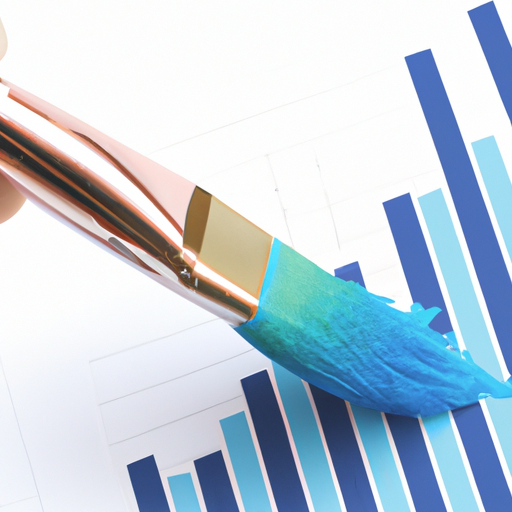
Should We Tap Into our Retirement Savings?
When it comes to preparing for financial emergencies, tapping into our retirement savings should be a last resort. Retirement savings are meant for our future and should not be used to pay for our current expenses. It’s important to build an emergency fund to provide yourself with a cushion for the unexpected.
Creating an emergency fund requires discipline and dedication. You can start by setting a goal for how much money you want to save. Many experts recommend saving at least three to six months of living expenses in an online savings account. This allows you to easily access the money if you need it.
Once you’ve established your goal, you’ll need to look at your current budget and determine how much you can save each month. You may want to consider cutting back on unnecessary expenses such as dining out, entertainment, or even reducing your cable bill. Each dollar you save can be put into your emergency fund.
You may also want to look into different savings vehicles such as certificates of deposit (CDs), money market accounts, and high-yield savings accounts. These accounts often offer higher interest rates than regular savings accounts, allowing your money to grow faster.
When it comes to emergency funds, it’s important to remember that this money should not be used for day-to-day expenses. It should be reserved for true emergencies only. By setting aside a portion of your income each month, you can rest assured knowing that you have money saved in case of an emergency.
By taking the time to build an emergency fund, you’ll be better positioned to handle any financial emergency that comes your way. And if you do have to tap into your retirement savings, it will be for a short-term fix rather than a long-term solution. With a little bit of planning and preparation, you can set yourself up to weather any financial storm.
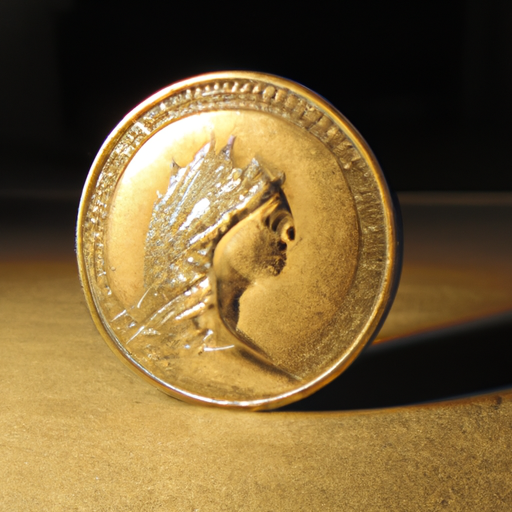
Making a Plan and Sticking to It
When it comes to building an emergency fund and preparing for financial emergencies, the most important step is to make a plan and stick to it. Of course, you want to be prepared for any financial emergency that may come your way, and having a plan in place can make that goal much more achievable.
The first step in creating a plan is to determine what your financial goals and objectives are. What do you want to be able to do in the event of an emergency? Do you want to have enough money saved up to cover a certain amount of expenses? Do you want to be able to pay off a certain amount of debt? Once you have answered these questions, you can create a plan that outlines the steps necessary to reach your goals.
Once you have your plan in place, the next step is to make sure you are following it. It can be easy to become sidetracked or to forget about your plan, but having a plan in place is important in order to ensure that you are prepared for any financial emergency that may come your way. Make sure to track your progress regularly, so you can make any necessary adjustments or set new goals as needed.
In addition to following your plan, it is important to make sure you are saving regularly and budgeting appropriately. Having a budget in place will help you to stay on track and ensure that you are saving enough money for your emergency fund. Make sure to set aside a certain amount of money each month, so you can build your emergency fund over time.
Finally, be sure to review your plan and make any necessary changes on a regular basis. As you progress in your savings journey, you may find that the goals you set for yourself need to be adjusted. It is important to stay up to date on your progress and make any necessary changes that may be needed.
Building an emergency fund and preparing for financial emergencies can seem like a daunting task, but with a plan in place and by sticking to it, you can make sure you are prepared for any financial emergency. With a little time and effort, you can make sure you are financially prepared for any situation.
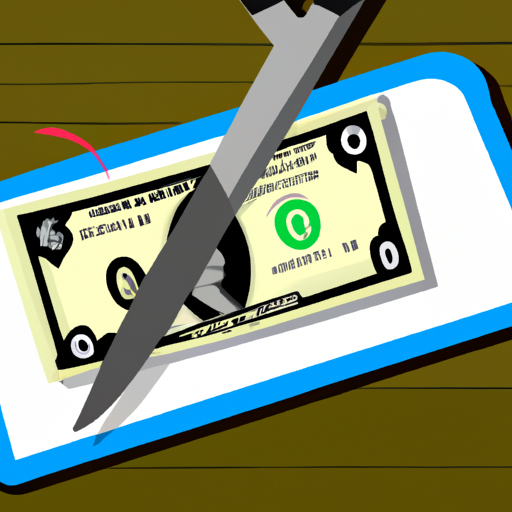
How to Cut Expenses to Build the Fund
Financial emergencies can be stressful and overwhelming. While it’s difficult to predict when they will happen, you can take steps to prepare for them and make sure your finances are in order. One way to do this is to build an emergency fund. Having enough saved up can help you cover unexpected costs and keep your finances on track.
Creating an emergency fund can seem daunting, but it doesn’t have to be. One easy way to get started is by cutting back on expenses. Even small changes can add up over time and help you save money for your emergency fund.
One way to reduce expenses is to take a closer look at your day-to-day spending. Make a list of all your expenses and then consider which ones you don’t really need. Eating out, buying coffee, and shopping for clothes are all common expenses that can quickly add up. You may be able to reduce these expenses by making small changes in your daily habits. For example, if you usually buy coffee every day, try making it at home. Or if you usually get takeout for lunch, try bringing your own instead.
Another way to reduce expenses is to shop around for better deals. Check out different stores and compare prices to make sure you’re getting the best deal. You can also use coupons and loyalty programs to help save money. If you’re looking for a new phone, for example, you can compare different plans and find the one that works best for you.
You can also save money by taking advantage of free or discounted services. Many libraries and museums offer free or discounted admission and some cities offer discounts on public transit. Take the time to research what’s available in your area and take advantage of it.
Finally, consider reducing or eliminating your debt. Paying off debt can help you free up money to put into your emergency fund. Consider refinancing your loans or consolidating them into a single payment to reduce your interest rates and monthly payments.
Cutting back on expenses can be a great way to build up your emergency fund. Even small changes can add up over time, so take the time to evaluate your spending and make adjustments where you can. By cutting back on unnecessary expenses, shopping around for better deals, and taking advantage of discounts and free services, you can save money and build up your emergency fund.

